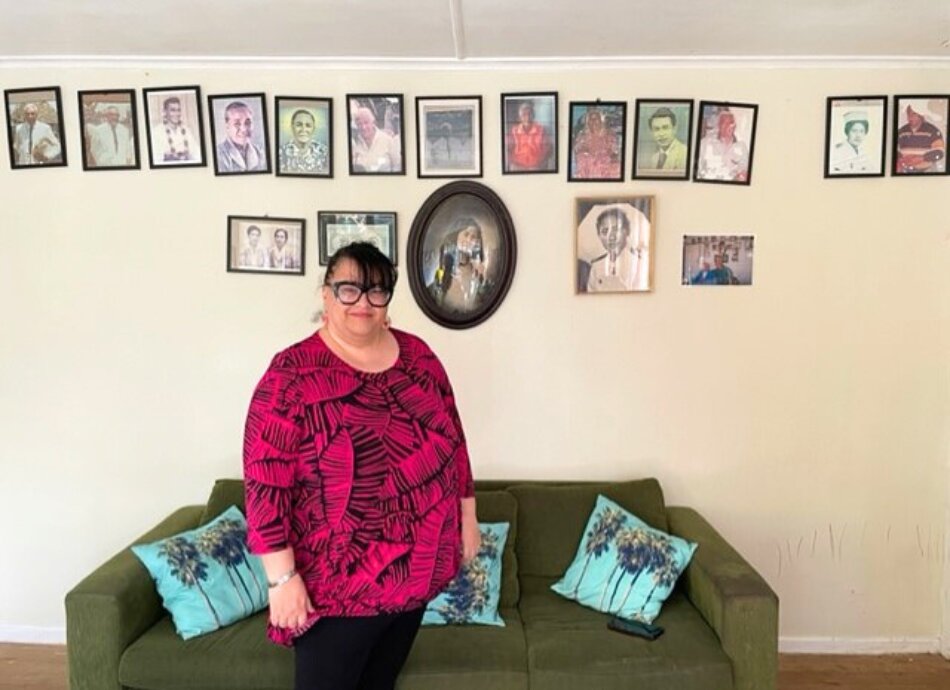The 2013 Census recorded 295,941 Pacific people (7.4% of the total New Zealand population), up by 11.3% from the 2006 Census population of 265,974.
- Pasifika people are younger, with over a third (35.7%) of Pacific peoples aged under 15 years, compared with only a fifth (20.4%) of the total population.
- The median age for Pacific peoples in 2013 was 22.1 years, compared with 38.0 years for the total population.
- Pasifika people have high rates of dying early from long-term health conditions such as heart disease, diabetes, kidney failure, stroke and lung disease. Many of these are obesity related.
- Auckland has the highest population with nearly two thirds (65.9%) of Pasifika people in New Zealand living in the Auckland region.
- This was followed by Wellington (12.2%), Waikato (5.0%), Canterbury (4.3%), Bay of Plenty (2.6%), Manawatu-Whanganui (2.5%) and then Hawke’s Bay (2.1%).






